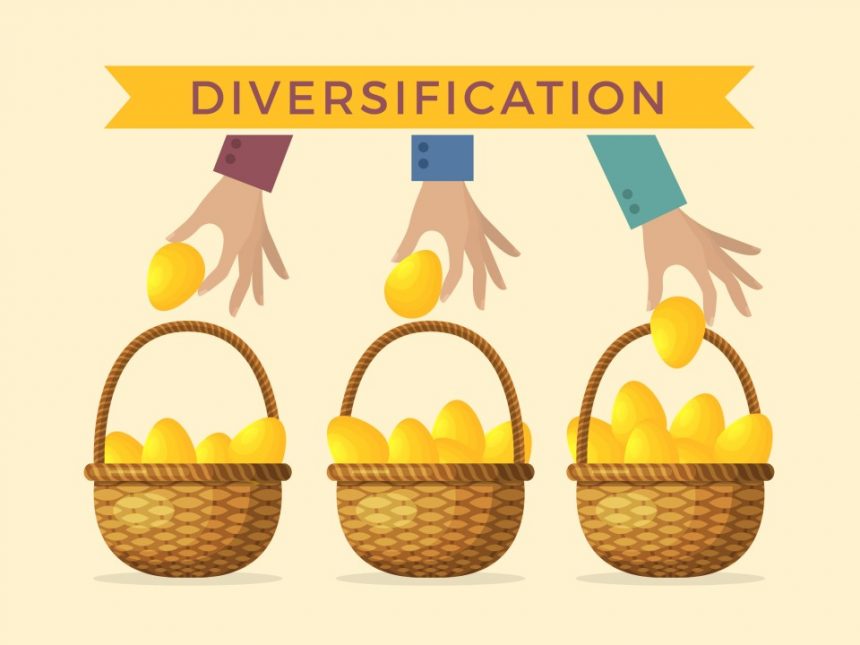Diversification is a key strategy for reducing risk and maximizing returns in investing. By spreading your investments across different asset classes, industries, and geographical regions, you can protect your portfolio from market volatility. This article explores the best ways to diversify your investment portfolio effectively.
1. Invest in Different Asset Classes
To minimize risk, allocate your funds across various asset classes, such as:
- Stocks: Offer high growth potential but come with market fluctuations.
- Bonds: Provide stability and predictable returns.
- Real Estate: Generates passive income and appreciates over time.
- Commodities (Gold, Oil, etc.): Act as a hedge against inflation.
- Cryptocurrencies: High-risk, high-reward digital assets.
2. Diversify Within Each Asset Class
Even within a single asset class, spreading investments can reduce risk:
- Stocks: Invest in different sectors (technology, healthcare, finance, etc.).
- Bonds: Include government, corporate, and municipal bonds.
- Real Estate: Own residential, commercial, and rental properties.
3. Consider Global Investments
Investing in international markets can reduce dependence on a single economy. Options include:
- Foreign Stocks & ETFs: Gain exposure to growing global markets.
- Emerging Markets: High-growth potential with increased risk.
4. Use Mutual Funds & ETFs
Mutual funds and ETFs automatically diversify investments by pooling money into a variety of assets, making them a great option for passive investors.
5. Maintain a Balance Between Risk and Return
Your risk tolerance should guide your diversification strategy. Younger investors may prefer a stock-heavy portfolio, while those nearing retirement should focus on bonds and stable investments.
6. Rebalance Your Portfolio Regularly
Market fluctuations can shift your portfolio allocation over time. Periodic rebalancing ensures that your investments align with your financial goals.
Conclusion
A well-diversified investment portfolio spreads risk and enhances long-term returns. By investing in different asset classes, sectors, and global markets, and by regularly rebalancing your portfolio, you can create a strong financial foundation.







